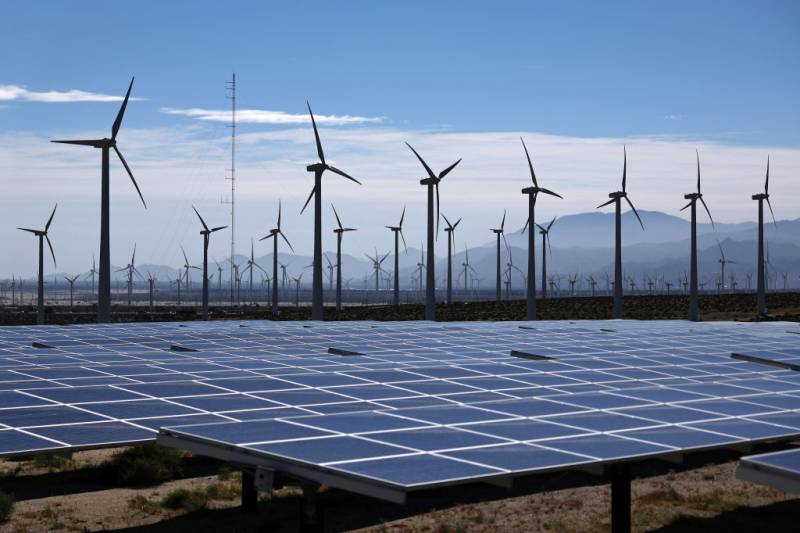Lawmakers are negotiating behind closed doors, alongside the governor’s office, and could potentially combine the two bills into one climate bond. They maintain that climate spending remains a key priority.
“The data is clear: The impacts caused by climate change continue to worsen every year,” said state Sen. Ben Allen (D-Santa Monica) in an email. He is the lead author of SB 867.
But, lawmakers have yet to agree on how big the bond act could be. They could wait for Newsom to outline his spending priorities in the May revision of the state’s budget. The Legislature has a deadline of June 27 to put a bond on the November ballot.
The likely narrow passage of Proposition 1 — which would issue $6.38 billion in bonds to build supportive housing and residential treatment facilities — is a two-sided indicator of how a climate bond could go this fall, Papan said.
It could mean that Californians are willing to take on additional bonds, but it could also shrink the state’s funding capacity for new bonds even further.
Newsom asked lawmakers last year to develop a “climate resilience bond to increase and sustain investments in our climate initiatives.” However, the governor’s office said it would not comment on the current legislation that is pending.
A considerably smaller climate bond
Assemblymember Eduardo Garcia (D-Coachella), the lead author on AB 1567, said he is working with at least 25 lawmakers to back the idea of a climate bond over the next two months. He said the final bill would “look different” and that his team is working on two alternatives.
“A reduction in the bond would allow us to stay the course and make significant investments in some of these programs that we see are working with emission reductions and cleaning up pollution,” he said.
State Sen. Josh Becker (D-Menlo Park), co-author of SB 867, said a final bond would be “considerably” smaller and should focus on urgent priorities. Sea-level rise is one of the most prominent issues in his district, which runs from Daly City to Mountain View. San Mateo County, through its Flood and Sea Level Rise Resiliency District, is actively preparing for this.
“They’ve identified billions of dollars of projects that need to happen,” he said of designs for a Venice-like wall within the bay in Burlingame to protect a business corridor from sea-level rise and new levees in places like East Palo Alto.
“Not all of them could be funded through this bond, but this bond could be a start,” he said.
